01-10-2014 - Aeshna subarctica - Bog Hawker
A week or two ago I took another day off to look for the Aeshna subarctica - Bog Hawker . I have been looking for this dragonfly for the last 4 or 5 years, but have never gotten further than a normal photo of the female. This time I was luckier and finally found a dragonfly that was willing to cooperate a bit. I had to wait 3 hours for it, but now I finally have a photo of the male. The photo is not very special and the entire internet is full of the same kind of pictures, but I'm glad I found it that way. Next year I will skip this species.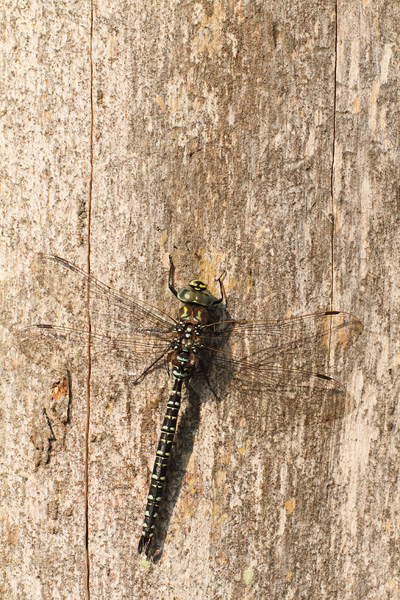
Summer holidays France
From June 18 to August 8 we went on holiday with the whole family in the south of France, just north-east of Orange on the Ardeche river. I expected to be able to photograph piles of dragonflies and damselflies without too much effort, but that was not the case. Despite the nice weather, there were actually no animals to be found and there were very few butterflies flying around. During the first half of the holiday I didn't bother with photos at all, but afterFor a while I had to go out and decided to drive a little further to a dragonfly spot from a few years ago. Apart from a handful of damselflies there was actually nothing here and I decided to take a quick drive when I came to a nice field on a slope. There wasn't much special there, but it was swarming with Melitaea athalia - Heath Fritillary, Melitaea cinxia - Glanville Fritillary and Melitaea didyma - Spotted Fritillary. All in all, I set my alarm for 5:00 am on 5 mornings to take photos at this place. Most of the photos have become very standard, but on the last morning I finally managed to take a photo that I was really happy with.
The photo below is, in my opinion, one of my best photos at the moment. It does not show a strict representation of a butterfly, but it is more of a small landscape where the butterfly takes center stage. With a little imagination you can feel nature waking up after a cold night.
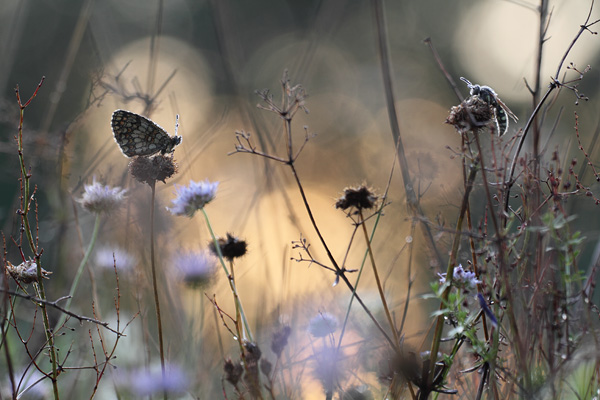
France / Italy
Last week I drove to France and Italy from Wednesday July 9 to Saturday July 12 in search of butterflies. We left home at 2:15 am on Wednesday morning to take the first photos of the Polyommatus dolus - Furry Blue around 4:00 pm. After this prosperous start, we looked for a hotel nearby.After a reasonable night, we returned to the spot of the previous day in time to take better photos of the Polyommatus dolus - Furry Blue. Except for the strong wind (wind force 5-6), the weather was fine. Around lunch time we assumed we had taken a good photo, and it was time to move on.
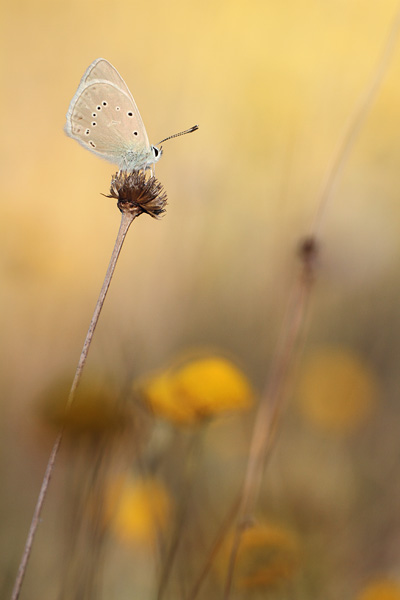
A few hours later we arrive in the area of Isola, France. We immediately go high into the mountains in search of butterflies, but apart from an Orange Tip (which doesn't bode well), we don't find many butterflies. Around 6:00 PM we find a hotel and it is time for dinner.
Because the sun rises on the other side of the mountains, we can sleep in a bit. Once we get going, we decide to start a little lower in the valley with the hope of finding more butterflies here. We don't find much, but we can at least take some pictures of erebias, fireflies and whites.
We use the rest of the morning to look for the Boloria graeca - Balkan Fritillary at a higher area, but unfortunately without success. After lunch we decide to continue our search and start a long walk through the area. The beautiful walk ultimately takes an hour and 7, and yields exactly 0 photos. Broken and quite disappointed, we search some fields along the road and then go back to the hotel to recover.

On the fourth day the weather seems better than predicted and we start low in the valley again. I soon made the first beautiful picture of an Erebia alberganus - Almond Eyed Ringlet that is just warming up.
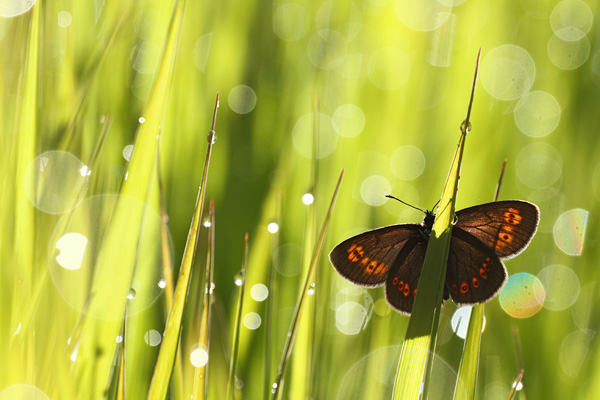
When we then look higher in the mountains again, the sky quickly thickens and the sun is gone. Unfortunately, this means that all chances of finding butterflies seem to have been lost. With a lot of luck I still find a sleeping Mountain Marble White – Euchloe simplonia. When we get back to the car, we decide to continue driving instead of wasting our time here. The plan is to drive slowly towards home through the Mercantour in the hope of finding a few more butterflies. We soon end up in a rain shower that lasts for hours and this plan also falls through. There is nothing else to do but drive quietly towards the Netherlands and at 5:00 am I am back home in my own bed.
Beautiful trip, but fewer butterflies than hoped.
18-06-2014 Day trip to Lichtenstein / Austria
Last Wednesday (June 18th) I drove from work to Lichtensein. Fortunately it was light for quite a while so the trip went quite smoothly. Once we arrived at the place where we hoped to find the Coenonympha oedippus - False Ringlet. The next morning, we parked the car and slept behind the wheel for a few hours. After a night of 3 hours of "sleep", the alarm went off again and the search began. Unfortunately, 2 hours later we were still searching without any results, and we decided to do something else.After driving a bit into Austria, we went to a beautiful fen in search of Nehalennia speciosa - Pygmy Damselfly. Here too, after an hour and a half of searching, we didn't get much further after some normal damsels. Then we started looking for the last species with the hope of taking a photo.
The Coenagrion hylas - Siberian Bluet was the last species we hoped to find that day. This creature only shows up around noon, so we were still a bit early. Fortunately the weather was fine, so expectations were fine. First we walked around a bit and tried to take some pictures of butterflies when it gradually seemed to become more and more cloudy. When it finally arrived at 12:30 it even started to rain and we had to give up hope. At 1:00 PM we decided to drive another 2 hours back to the first place where the Coenonympha oedippus - False Ringlet should fly.
Once we arrived, the weather was beautiful and after some searching the Coenonympha oedippus - False Ringlet flew in reasonable numbers. Unfortunately there was a lot of flying and very little sitting still. When the weather finally calmed down here and the butterflies calmed down, there were more opportunities for good photos and I was finally able to take my only good photo of the day. After this success we had to run through the rain to the car to start our grueling return journey.
All in all, I had to put in far too much effort for a photo, but I am still very happy with this beautiful photo of a very rare and very difficult butterfly to photograph.
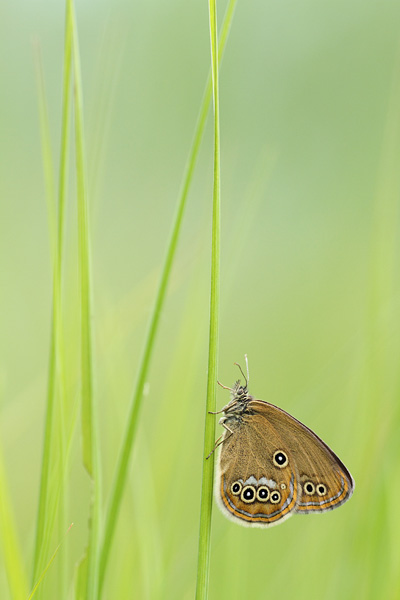
Tour Germany day 2
Around 5:30 am I wake up a bit rumpled and numb in my car seat. It's colder than I thought but the weather looks fine. After a few bites of food I pack my things to go out again. To my surprise it turns out to have frozen and everything is covered in a layer of frost. I hope that the butterflies I found yesterday are still in the same place, and that it has also frozen in the valley. When we arrive in the valley, three of the butterflies still seem to be neatly in place, and here too everything is covered with a layer of frost. First I start taking pictures of the Boloria eunomia - Bog Fritillary because this is where the frost is most clearly visible. In the photo below you can see the ice crystals on the wing of the butterfly very nicely when enlarged.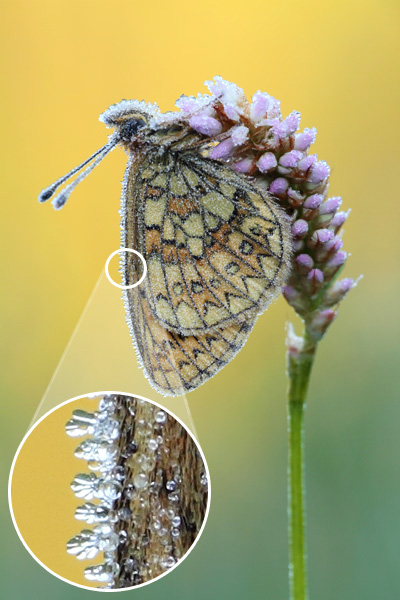
Next I will start working with a Lycaena helle - Violet Copper. Because of the super small animal and the very small depth of field, it is quite a hassle to get everything neatly in focus. But all in all, I think the result is good.
After walking around a bit and taking some photos here and there, it was enough.
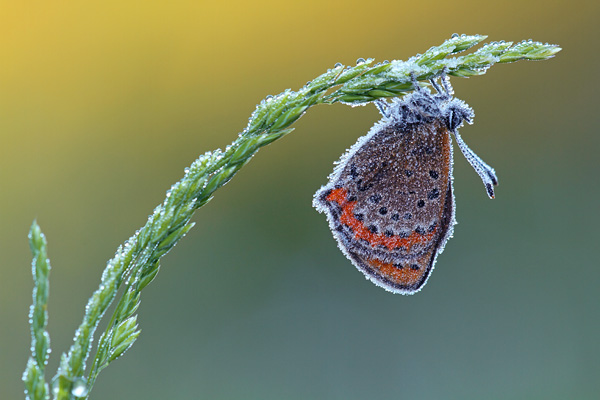
Tour Germany day 1
Last Friday the alarm went off again at 02:40 in the morning. I picked up my father-in-law and then drove together towards Hamburg to look for the Carterocephalus silvicola - Northern Checquered Skipper. All in all it was quite a journey, but around 07:00 o'clock we arrived at our destination and the search began. I expected to be able to find different butterflies along a path in the forest without too much effort, but that was not as easy as I thought. Finally I came across a single butterfly in a large clearing in the shade. After taking a lot of pictures, the sun finally came over the trees. Since I wanted a photo of a male with open wings, this was the moment. Luckily I was able to take a handful of pictures of the top of the wings.After this rather short photo session, I visited another place in the forest where I also came across a butterfly. This worked a little better, but went away quite quickly. By then I was actually done with it, so I walked towards the car, had something to eat and started the journey towards Monschau.
Many hours later towards the end of the day we arrived at our destination. After dinner I checked to see if there were any butterflies to photograph the next day. It seemed that most of the butterflies had found a place to sleep in trees or other elusive places, but there was still a Boloria eunomia - Bog Fritillary and three Blue Lycaena helle - Violet Copper. Just enough for the next morning. Then parked the car and fell asleep behind the wheel.
Last three weeks
Even though I've been out at least five times in the past three weeks, I didn't take very many photos that I was excited about. Went to Weerribben for the first time during a beautiful morning. A little dew, a beautiful rising sun and at least 50 Libellula fulva - Scarce Chaser. Sounds too good to be true, but by the time the sun had already been up for about 20 minutes I still hadn't found the right dragonfly for a nice picture. The sun was no longer usable so all I could do was take a photo without the sun. All in all, not a great result, but not what I expected.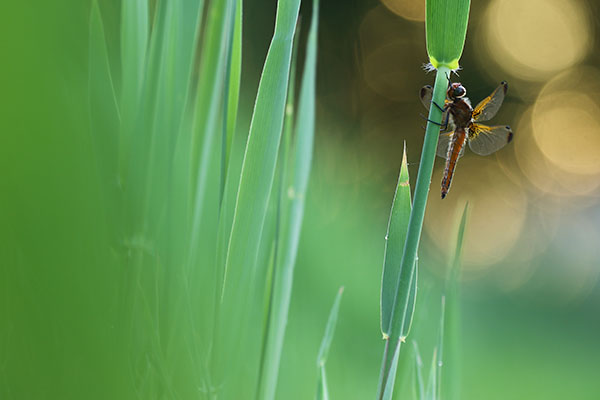
Then we went to Germany for a morning. The alarm went off at a quarter to 3, and half an hour before the sun was up I was already looking for butterflies again. Unfortunately, there was nothing more to be found than the Pyrgus malvae - Grizzled Skipper. The sun also failed to shine. Finally I was able to take some nice pictures of the Pyrgus malvae - Grizzled Skipper.
Then back to the Weerribben again, but without much success. The weather was beautiful and as always there were plenty of animals, but we just couldn't make anything beautiful.
Because I was done with getting up early, I went looking for Calopteryx splendens - Banded Demoiselle twice more in the Harderwijk area. This time with more luck and finally took another photo that I am satisfied with. What beautiful creatures they are.
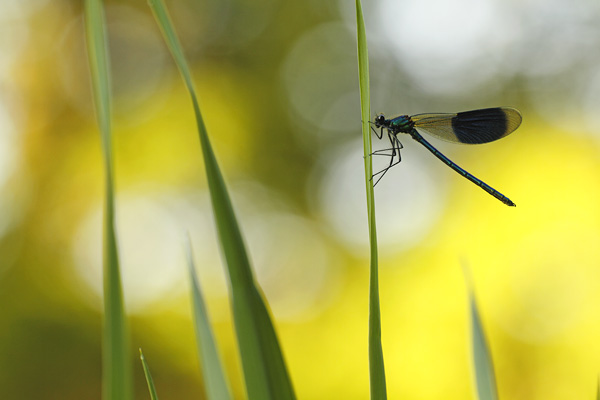
Pieris napi - Green-veined White
April 22, 2014 Last Tuesday we had some night frost on the ground again. The evening before I went out to see if there were any butterflies to be found. All in all I was able to find about 7 sleeping whites, so I was ready for the next morning. The next day, when I went to my field on time, it turned out that half of the butterflies had dropped. Others seem to want to carefully flap their wings to free themselves from the twig they are sitting on. Fortunately, there are still 3 quietly waiting for me, but of course just in the places with the least frost. In the end, only the butterfly below is exactly where I want it. The grass is still a bit white from the frost, and the sun shines through the trees on the first blades of grass. Beautiful morning!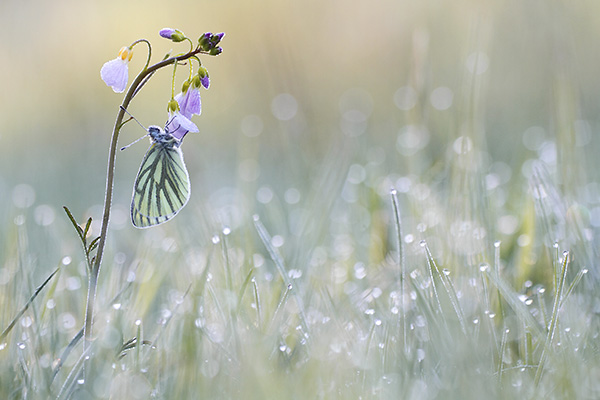
Anthocharis cardamines - Orange Tip (15-04-2014)
I actually thought I would skip the Anthocharis cardamines - Orange Tip for a year, but I couldn't resist. At a beautiful sunset we quickly jumped in the car and drove to a beautiful field nearby. With a lot of effort I could only find one butterfly, but that is exactly enough. The orange color in the background comes from the setting sun shining through some trees. Furthermore, use a reflection screen and do not let the butterfly become too dark.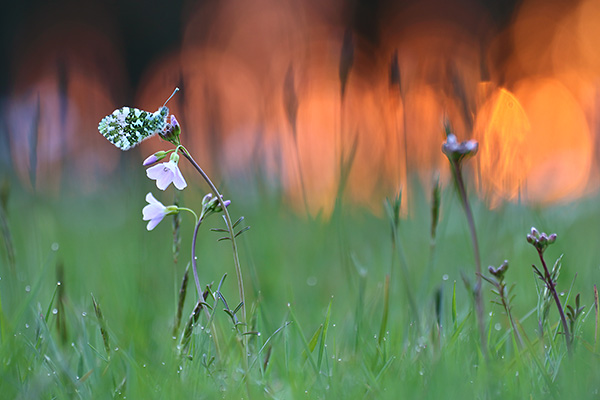
The first butterfly photo of the year - Gonepteryx rhamni - Brimstone
Last weekend I made the necessary attempts at photography again. First a trip to Kinderdijk, to photograph stars and windmills. Wind, clouds and too light, so a worthless result. Then we went out early in the morning to look for Sympecma paedisca - Siberian Winter Damsel. The weather wasn't bad, but I couldn't find a single animal.I had better luck with the Gonepteryx rhamni - Brimstone below. The creature hangs beautifully camouflaged in a beautifully freshly grown tree with backlight. Quite a photo that I have been hoping for for a while.
The season has finally started again...
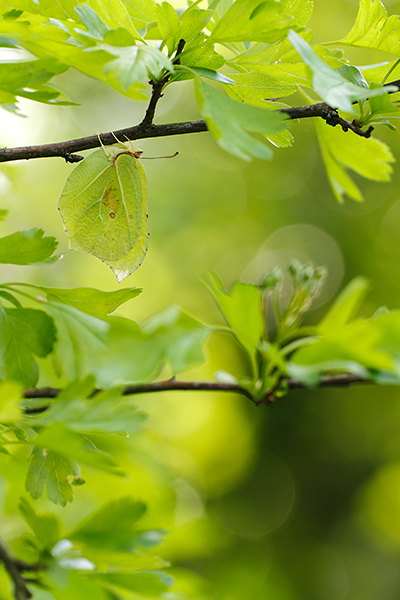
Blue frogs (Rana arvalis - Moor Frog)
It has been a while since the Rana arvalis - Moor Frog were blue, but it was beautiful to see them again. A few days a year, the males of the Rana arvalis - Moor Frog turn beautiful blue during the mating season. Almost every year I try to take a nice photo of this, but it is not easy. This year I think I took a slightly better photo than I already had, but I'm already looking forward to next year.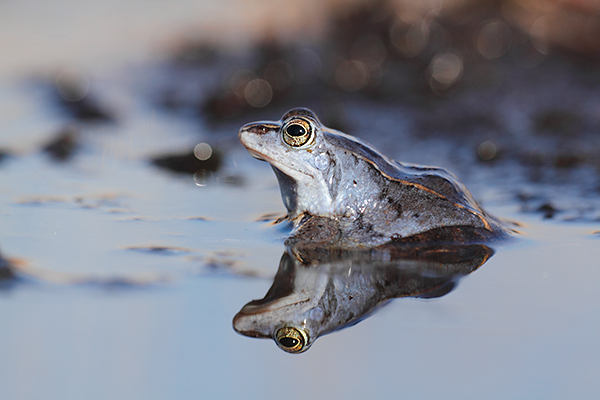
IJsselmeer near Hindelopen
After months of not taking any photo and not doing anything with my site, I finally went out again last weekend. This time I drove towards Hindelopen to photograph one of the much-photographed breakwaters in the IJsselmeer. I always had a few filters that I didn't use often so this was a great opportunity to play with them. It was the first time I took photos with such a long shutter speed during the day, so it probably won't be perfect, but it certainly gives a nice effect. The shutter speed used is 25 seconds.In the meantime, the weather has become beautiful spring and I am already looking forward to the first butterflies!
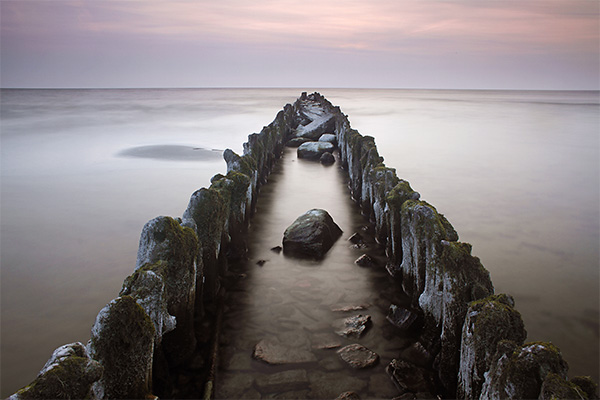
Archive:
Blog 2023
Blog 2022
Blog 2021
Blog 2020
Blog 2019
Blog 2018
Blog 2017
Blog 2016
Blog 2015
Blog 2014
Blog 2013
Blog 2012
Blog 2011
Blog 2010
Blog 2002 - 2009
Links: Peter Groenendijk Bernard Fransen Jordi Strijdhorst Johannes Klapwijk Matt Rowlings Guy Padfield Roger Gibbons Morten S. Molgaard
Links: Peter Groenendijk Bernard Fransen Jordi Strijdhorst Johannes Klapwijk Matt Rowlings Guy Padfield Roger Gibbons Morten S. Molgaard